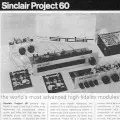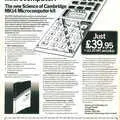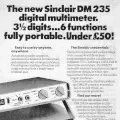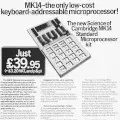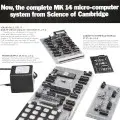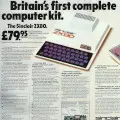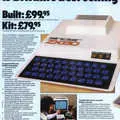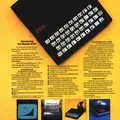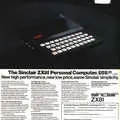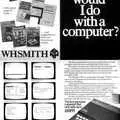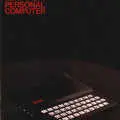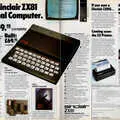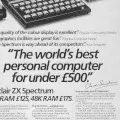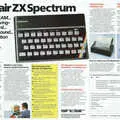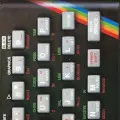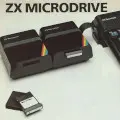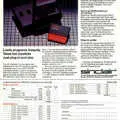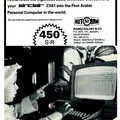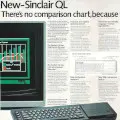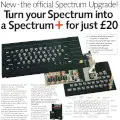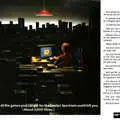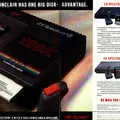
Sinclair Advert - September 1978
From Personal Compuer World
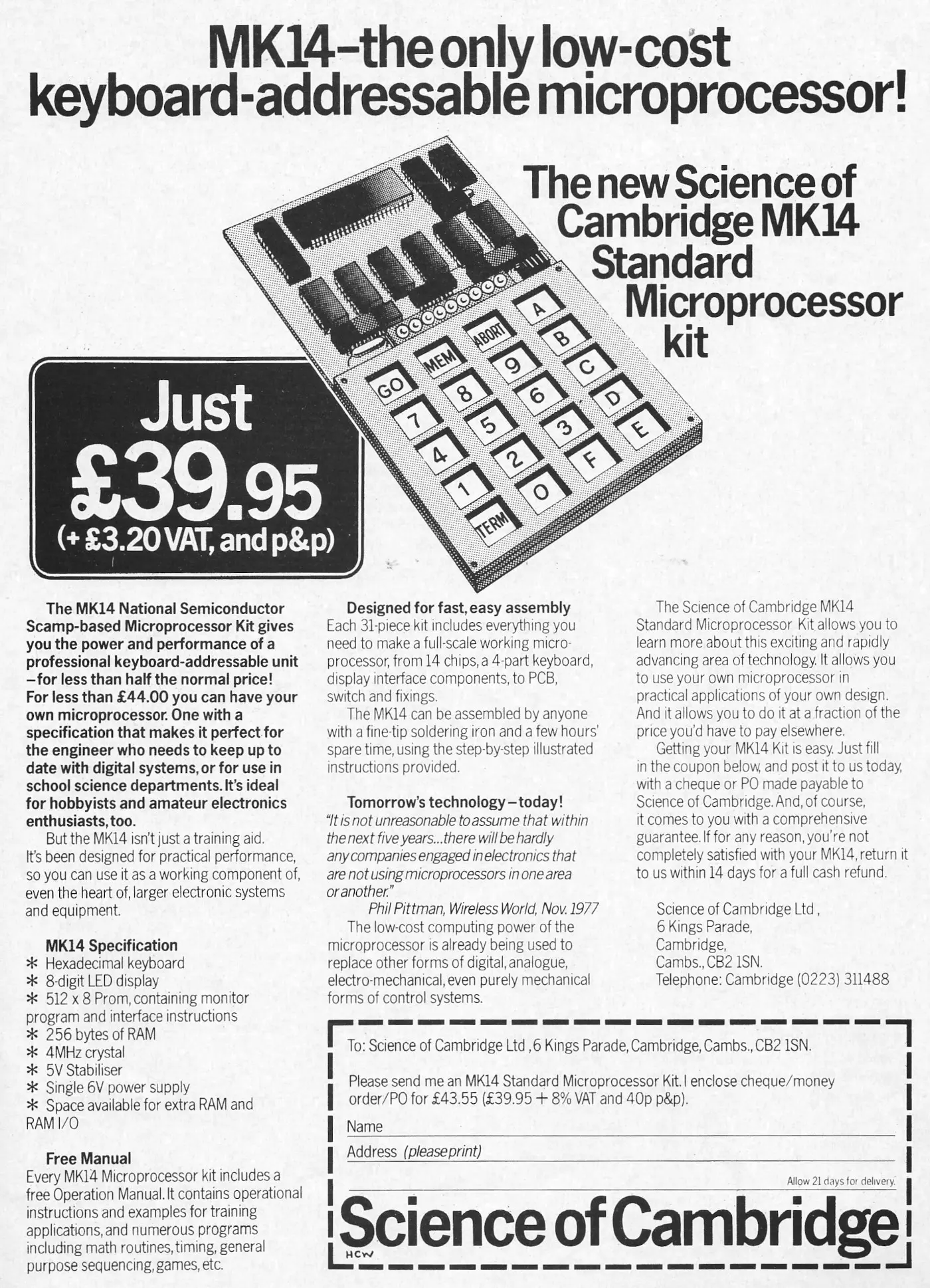
MK14 - the only low-cost keyboard-addressable microprocessor!
What would become the home-computing part of the Sinclair empire was at this time operating under the moniker of Science of Cambridge, whilst the Sinclair name itself was still attached to the now-part-nationalised Sinclair Radionics, twenty miles up the road from Cambridge in St. Ives.
This advert, from two years before the launch of the ZX80, is for Science of Cambridge's MK14 microprocessor, which in true Sinclair form was only available as a 31-piece kit.
It looked like a big calculator which is missing its cover, which is not surprising at is was said to have been originally made largely from scavenged calculator parts.
It's similar in principal to other microprocessor boards of the era, like Bywood's Scrumpi board - as both used National Semiconductor SC/MP "Scamp" as their CPU - although Bywood's first board predated Sinclair's by about a year.
It's also amusing as the advert clearly shows an artist's mockup of the device, presumably as the finalised MK14 wasn't actually ready when the advert went to press.
A few years later - in 1982 - Clive Sinclair complained bitterly about micro-computer companies that would "kite fly" products before they were actually ready[1].
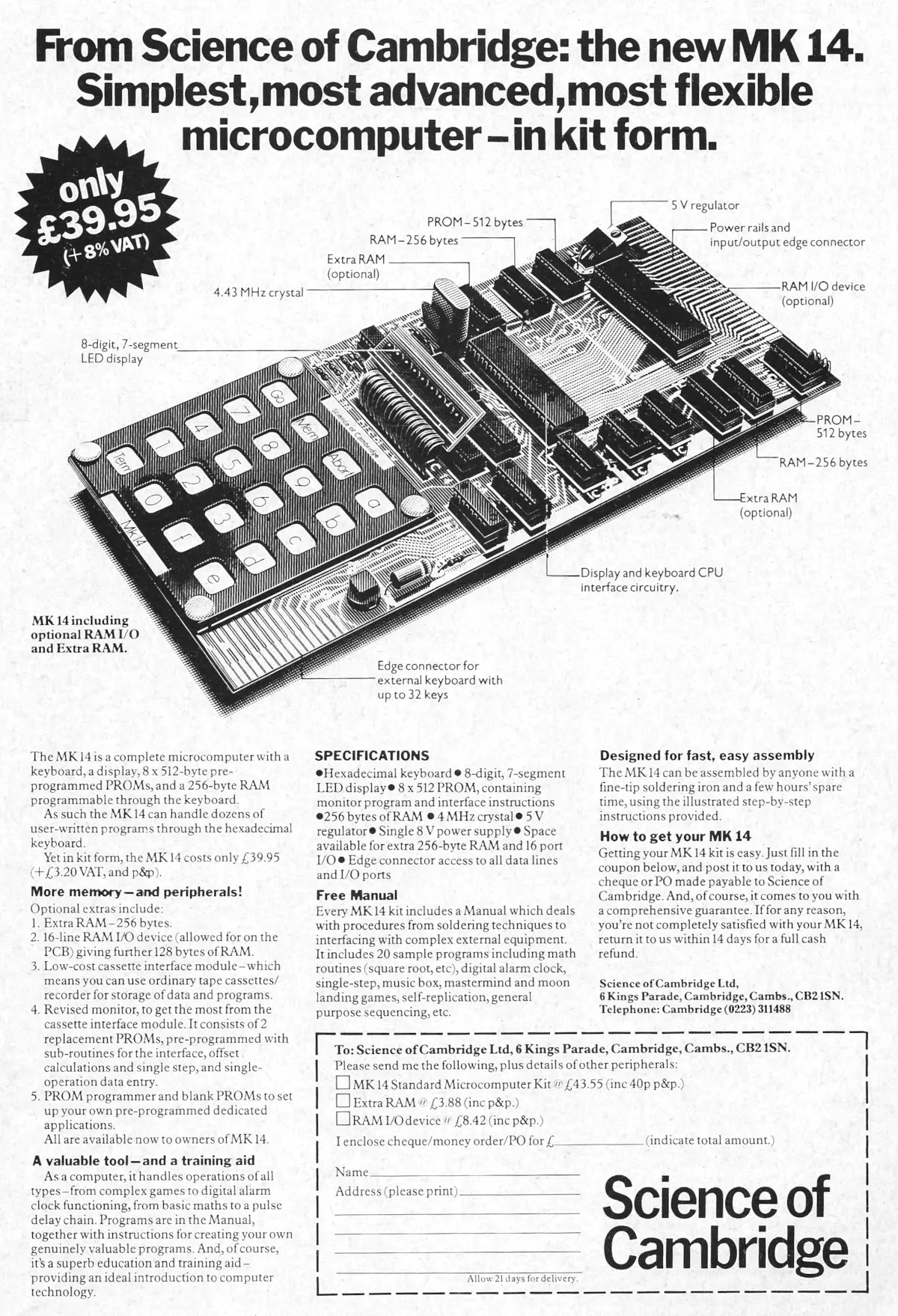
An updated advert from a couple of months later, showing an actual production version of the MK14. From Personal Computer World, December 1978
The MK14 had 256 bytes of RAM and retailed for £43.55 - about £340 in 2025 terms, making it exceptionally cheap compared to anything else on the market at the time.
It was reviewed in April 1978's Personal Computer World by a young Nick Toop. Toop, who was "studying black holes" at Cambridge University, was writing as "an independent consumer" before he eventually joined Sinclair, and reported:
"An interesting domestic application would be the control of heating and lighting since the large number of inputs make it possible to act on the outside lighting, the room temperatures, the number of people in each room, etc. One could make sophisticated fire alarms or security systems which operate various emergency procedures including phone calls. The simply way in which one can extend the keyboard makes the kit very suitable for games involving several players. One could make sophisticated alarm clocks capable of controlling many independent devices and of conditional actions. The large number of control channels makes the kit suitable for electronic circuit testers and telephone exchanges. One could use it in multiplexed radio control or as a PROM programmer. The list is endless. I was very impressed by this kit. Its low cost and versatile-but-economic design are very pleasing. I am sure that it will have great success"[2].
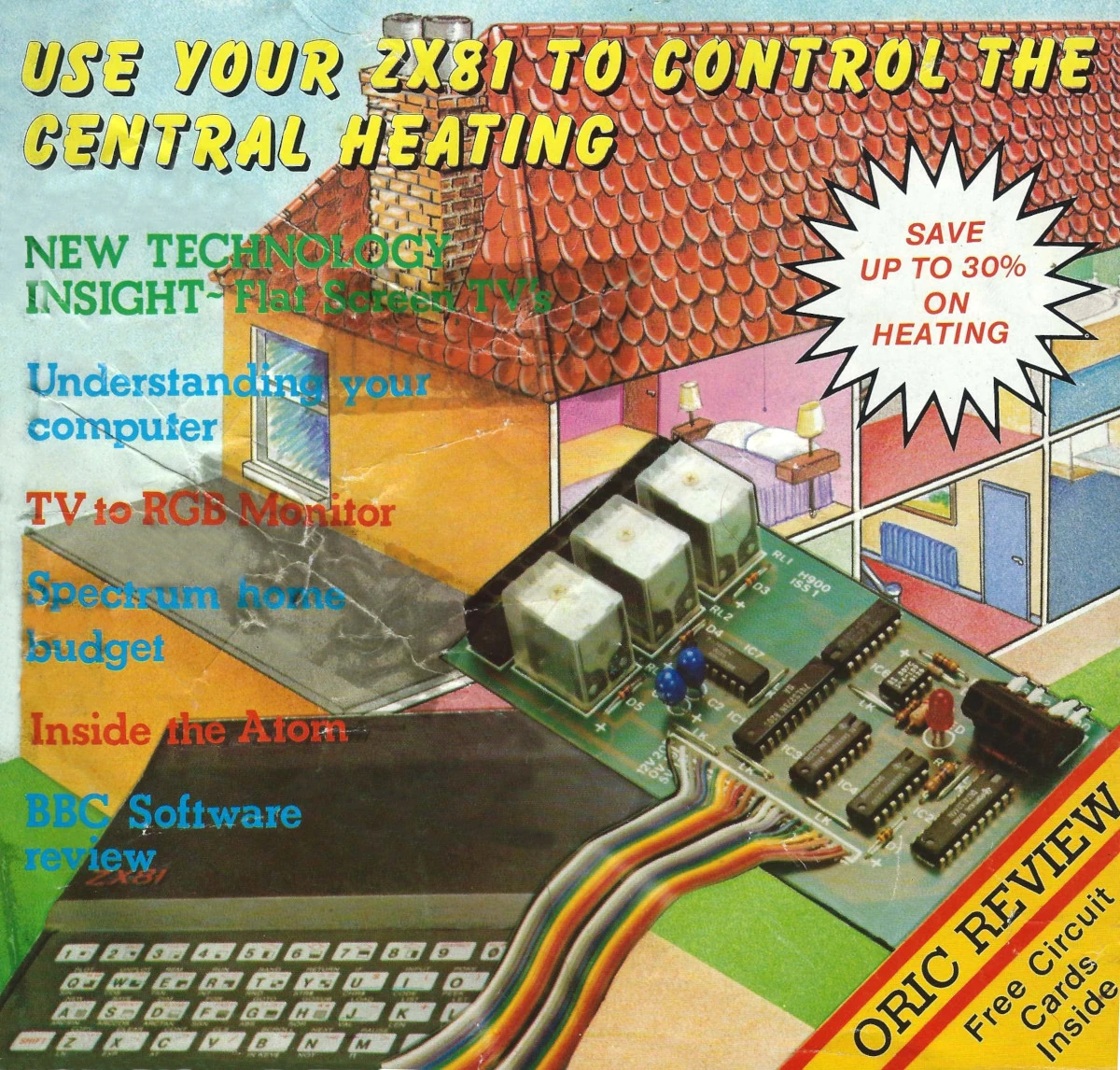
Sinclair's later ZX81, shown with a relay board attached to control the central heating, as featured on the cover of Electronics and Computing Monthly, November 1983
Perhaps thanks to his glowing review, Toop soon joined Sinclair to work on the MK14 before moving to Acorn to work on its Atom[3]. He then moved to Elan to design some of the custom chips for the ill-fated Enterprise/Elan micro of 1984/85[4].
Science of Cambridge, at 4a Market Hill in the centre of Cambridge, had been set up on behalf of Clive Sinclair by Chris Curry, who had worked for Sinclair for thirteen years - on everything from hi-fi to calculators - and who would later co-found Acorn.
Curry was the first person there, and at first did everything involved with shipping SoC's first product - a wrist calculator, which was "a ghastly thing" according to Curry.
This included "placing the ads, packing kits, taking them to the post office, mending some of them, answering technical queries, absolutely everything". By the time, the MK14 came out, the company was up to "about five or six people". Curry continued in his 1982 interview with Practical Computing:
"[The MK14] was quite a successful computer. The next step was obviously a version that ran BASIC instead of just machine code. That was where our ways separated, because Clive didn't want to do that and I did. So I set up Acorn Computing with Hermann Hauser"[5].
Date created: 01 July 2012
Last updated: 07 March 2025
Hint: use left and right cursor keys to navigate between adverts.
Sources
Text and otherwise-uncredited photos © nosher.net 2025. Dollar/GBP conversions, where used, assume $1.50 to £1. "Now" prices are calculated dynamically using average RPI per year.
